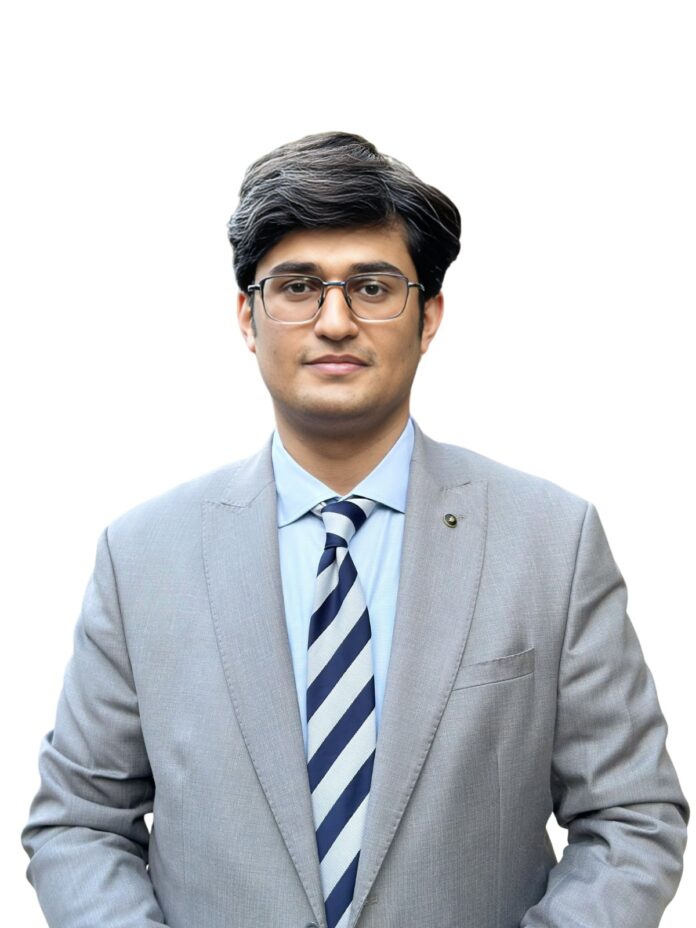By Afnan Wasif
Punjab Province is carelessly divided into Southern, Central and Northern parts (Upper Punjab). South Punjab comprises of three divisions: Multan, Dera Ghazi Khan, and Bahawalpur.
According to the 2023 Census, the total population of Punjab is 127,688,922, with 40,377,576 individuals residing in these three divisions. This accounts for more than 30% of Punjab’s total population. Most of these individuals are involved in the agriculture sector in one way or another for their livelihood.
The source of income shapes the outlook of a society. If it is atavistic in nature, then the outlook is likely to be underdeveloped. The source of income even influences the culture and traditions of a society. For example, cuisines often reflect the creativity and resourcefulness of a community.
In Southern Punjab, no cuisine is as popular as Paye (Lahore), Chirray (Gujranwala), Nehari, Haleem, and Biryani (Karachi). This suggests that regions where people’s income sources are more diverse than agriculture have a variety of cuisines. Consequently, the low-income segment of society in South Punjab is largely unaware of different tastes and culinary varieties.
Let me take you through my birthplace, Shujabad, a tehsil of Multan, which has no famous, popular, or traditional cuisine except Sohan Halwa and Mangoes. These are a dessert and a fruit, respectively. If there is something, it mainly involves vegetables, nothing more. My people are not familiar with a variety of Bar B Q, Karahis, Qorma, Handis, or Rice Recipes. People living in such far-flung areas deserve these tastes and varieties. The core reason for their deprivation lies in their source of income.
Contrary to this, the elite, sitting in air-conditioned rooms either in Lahore or Islamabad, believe that raising sustainability issues or other sophisticated, Western-driven slogans as daily business can satisfy their voters. In reality, their voters are facing basic issues related to education, health, sewerage, road infrastructure, sanitation, water supply, cleanliness, etc. When these issues are settled and the energies are diverted to diversify their source of income, similar to industrialized cities, only then can they think of cuisines, creativity, sophistication, and innovation.
The same can be applied to Pakistan as a whole. Pakistan is grappling with certain basic and fundamental problems. But our leadership aspires to replicate Western-influenced solutions to sophisticated problems, such as environmental sustainability. Such solutions and concepts are a luxury for us. Our nation – people living outside Lahore or Islamabad – has not matured enough to afford a rhetoric on such luxuries. Let us focus on basic issues first before addressing such secondary ones.
This mindset is reminiscent of the decision to participate in the war against the Soviet Union and the War on Terror. The ruling elite aimed to run Pakistan’s economy as a war economy in the past and now attempts to lure the West again to secure funds in exchange for ostentatious slogans of sustainability, women empowerment, entrepreneurship, and green energy, etc.























